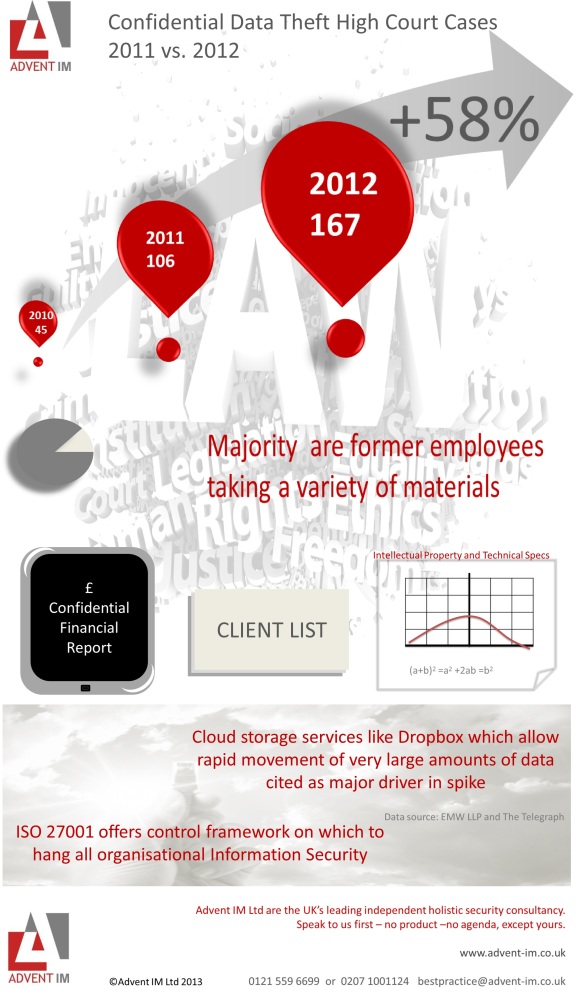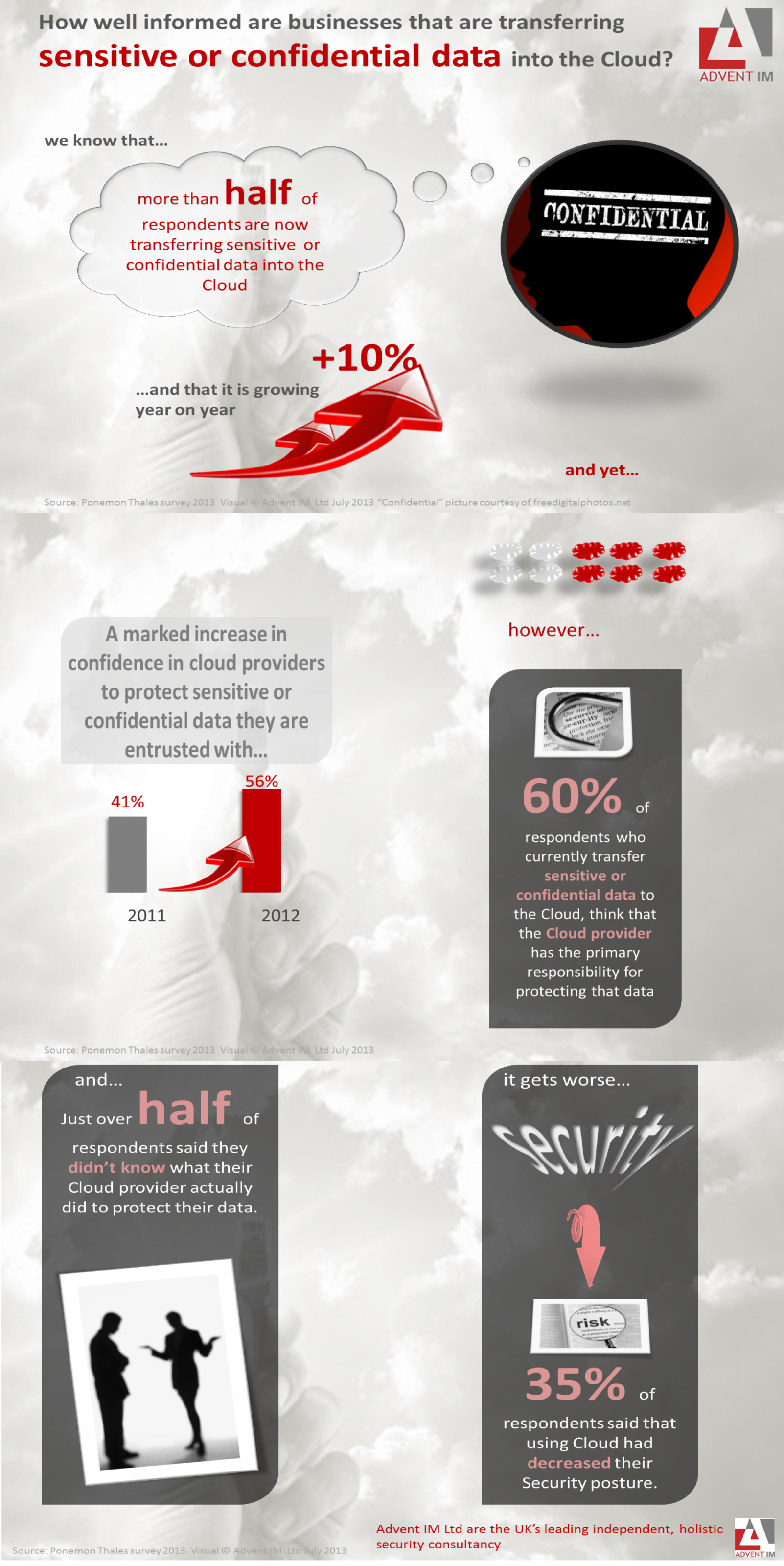Time for a bit of a look back…sort of
The rise and rise of BYOD, the discovery that Ebay is not the appropriate place to divest yourself of NHS Patient data and the increase in malware and not just any malware – mobile malware. These were a few of my (least) favourite things of 2013.
It may seem churlish to poke a stick at the rise of the enormously populist BYOD but its actually connected to the concern around the rise of mobile malware. 2013 saw Blackberry drop off the business cliff and Android devices rise to start to fill the gap. According to the latest stats from Gartner 4 out of every 5 devices in the last quarter were Android powered (driven by growth in China). This proliferation has a knock on effect because this means more employees with be BYODing with Android devices and also more business are choosing them as their business issued device. At the same time, we are reading that Android devices are the top target for malware and malicious apps. I recently heard BYOD described as ‘anarchic chaos’. Let’s see what epithet we can come up with after another year of Android malware…
Looking at Ebay as the place to send your old drives full of (personal) data…hopefully everyone has learned some massive lessons from this incident in Surrey NHS and will be doing due diligence on whoever they procure/source to carry out the destruction of this kind of data in future. Remember, any organisation that has certified to a standard like ISO27001 will welcome an audit so they can prove to you how seriously they take IS processes. This can offer some kind of reassurance and form part of that due diligence.
‘Cyber’ has been a headline grabber all year for many different reasons. Some of the time has been related to the NSA and GCHQ revelations and so Cyber could also have meant privacy. Some of those headlines have related to Cyber Security and the Government commitment to getting UK PLC fully on board with knowledge, understanding and protection. Of course, “hacker” is another word rarely out of the headlines and previously on this blog I have taken issue with media use of both of these words. Largely because it can be misleading, I won’t bang on about it again and you can read the previous blog post if you choose. However, I do think that this continued laziness will encourage people to think that security is an IT issue and therefore, someone else’s problem as opposed to a business issue that needs to be addressed at C-Level.
Phishing and Spear Phishing continue to bleep away on every Security professional’s radar. Whilst scatter gun phishing may not be growing especially, its clear that targeted or spear phishing is increasing. This also relates to my previous point about ‘hacking’ and ‘cyber’ as frequently these can be pre-emptive strikes for a full on attack or part of a broader Social Engineering attack to facilitate or enable a hack or cyber attack. If you want to read more or hear more about that then you can read our posts here and see our presentation here.
The phishing issue is a serious business and employees need proper and regular training on what these attempts look like and how to deal with them. That is not just your standard phishing attempt from someone telling you your bank account is compromised (I had an amusing one recently from Honestly Barclays Security), but a sophisticated phish from soemone who has obtained your email address and is trying to pass themselves off as someone else in order to gain access of information. This requires bespoke training from an employer. Software or a firewall may not protect you from them…
Lastly how our physical world interacts with our cyberworld. 2013 saw Google Glass arrive and the invention of a whole new insult, Glassholes (not mine, don’t shoot the messenger). Some misgivings and some misunderstandings around Google Glass merely serve to remind us that though we are raising a generation that thinks nothing of handing over their privacy in order to get a free app or free wi-fi, there are still enough people concerned about the march of technology ahead of security to make pursuing secure progress worthwhile.
We also saw the mainstream expansion of household items that are web enabled and several furores over TVs that apparently spy on their owners. Add to the list fridges and cars for next year and lets see what else is either causing ‘spying’ headlines or is being hacked by cybercrims. In the business world, smart buildings with IP security and building management systems are becoming increasingly aware of the threat from cyberspace. You can watch our presentation on the topic here. You will need sound. Making sure we buy secure security systems sounds mad, but actually it isn’t happening enough. These systems are sat on networks, needing firewalls and patching and anti virus just like our other systems. We cannot assume because a system is a security system then it is inherently secure.
Remember, everyone in an organisation is part of that organisations’ security. An information asset might be an email or electronic document, but it might also be a fax, a cardboard file,a piece of paper or an overheard conversation about intellectual property. They all have to be protected and a firewall isnt going to cover it all.
No doubt we will have some predictions for 2014 soon….




